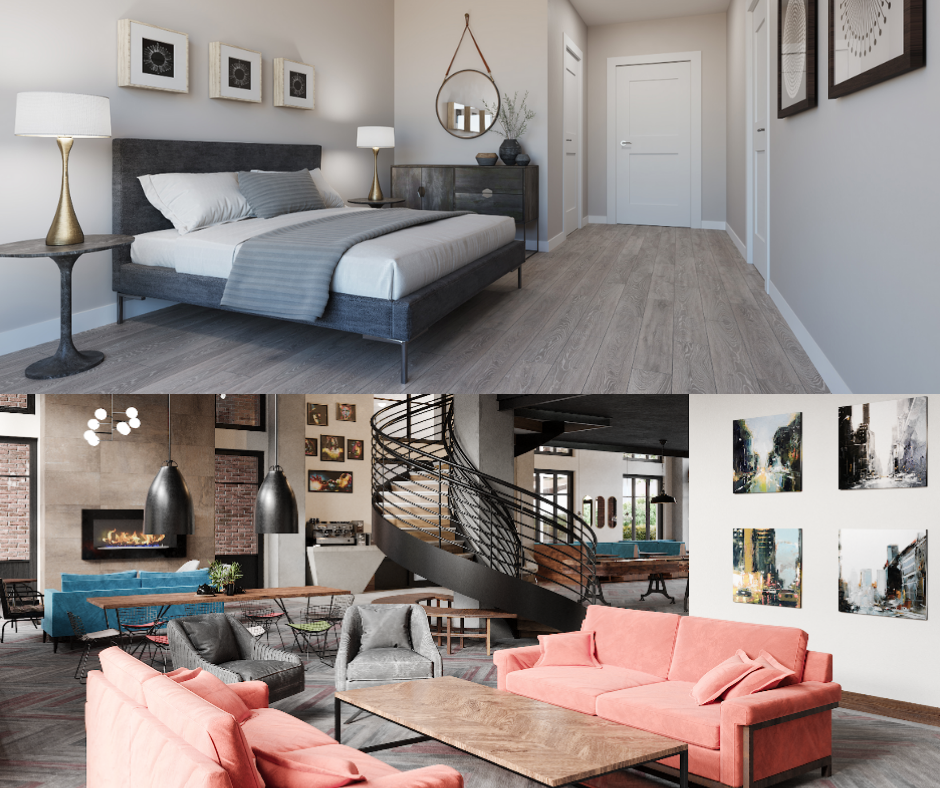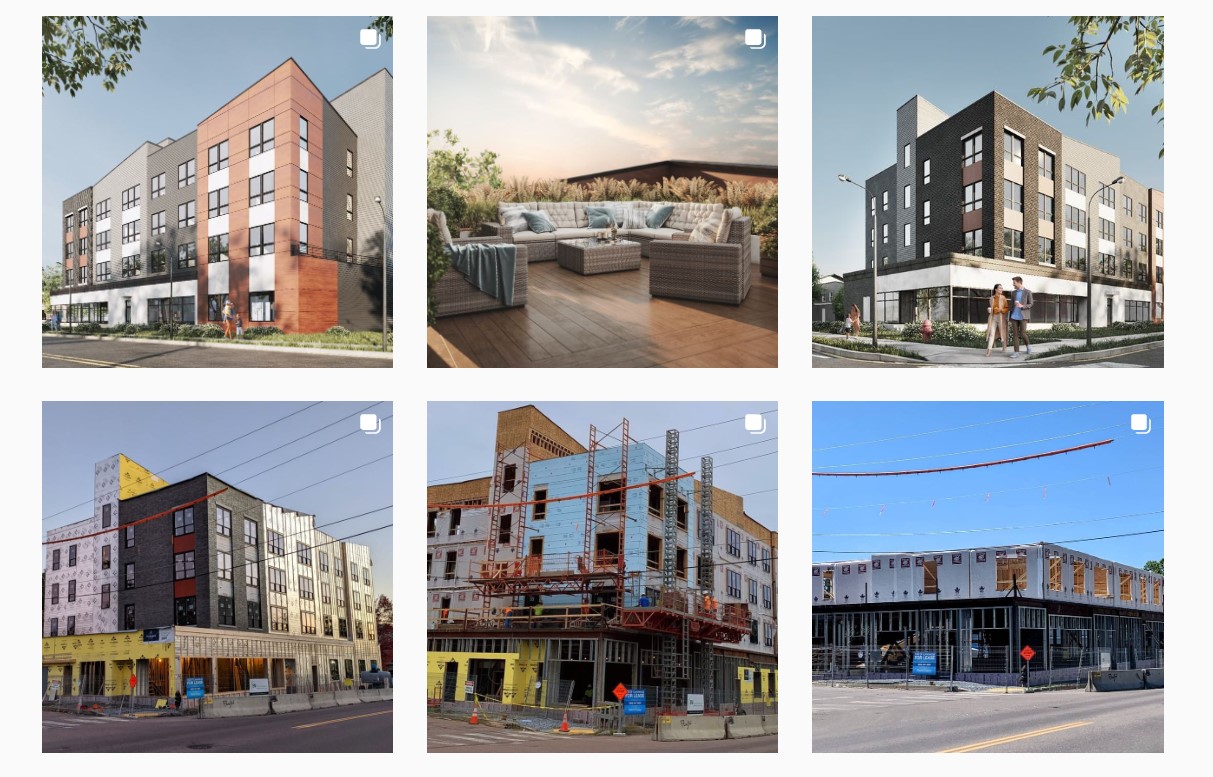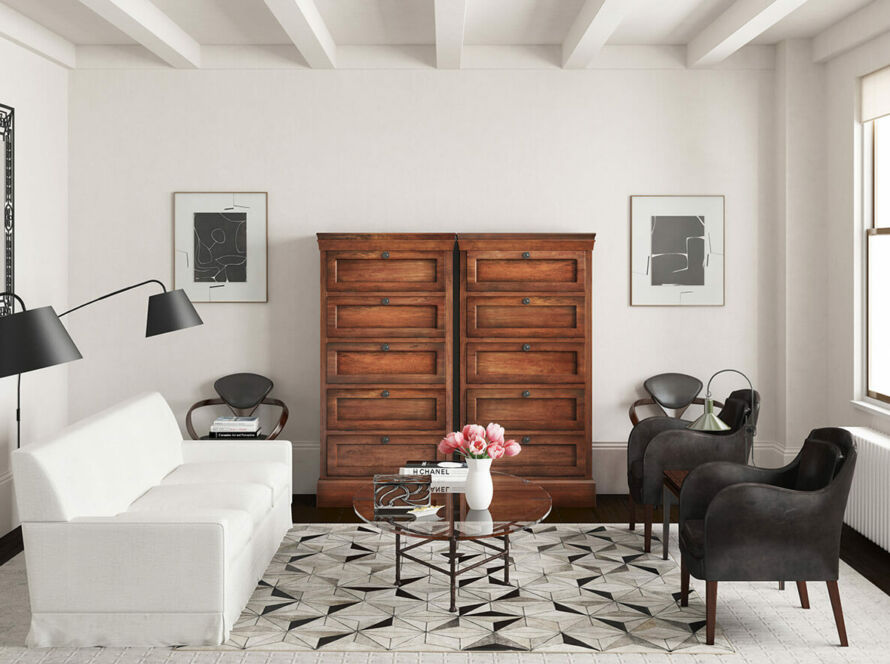There are many ways to create images of products, and each has its own advantages and disadvantages. 3D rendering is a computer-generated image that can give you more control over the final result. Photography is real-world and can provide a more accurate representation of your product. So, which should you use for your next project?
What is 3d rendering?
3D rendering is the process of creating a three-dimensional image from a three-dimensional model. This can be done with a variety of software programs, but the most common is 3ds Max. 3D rendering is often used in architecture and product design, as well as for creating images for movies and video games.
3D rendering is different from photography in several ways. First, with 3D rendering, you have complete control over the lighting and camera angles, whereas with photography you are limited by the existing light and angle of the shot. Second, 3D rendering allows you to create images that would be impossible to recreate in real life, such as products that don’t exist yet or views of buildings that haven’t been built. Third, 3D rendering is often used to create images that will be seen on a screen, such as for a website or presentation, while photography is more often used for print media.

What is photography?
In photography, the term ‘photography’ refers to the art, science, and practice of creating durable images by recording light or other electromagnetic radiation, either electronically by means of an image sensor, or chemically by means of a light-sensitive material such as photographic film.
The word ‘photography’ was first used in 1839 by Sir John Herschel and is based on the Greek words for ‘light’ and ‘drawing’. The word was first used publicly by French photographer Nadar in an article published in Parisian magazine La Presse in 1860.
The pros and cons of 3d rendering
3D rendering is the process of creating a three-dimensional image from a three-dimensional model. This can be done with various software programs, but the most common is 3ds Max.
There are many advantages to using 3D rendering over traditional photography. For one, it is much more versatile. You can create any type of scene you want, without having to worry about finding the right location or lighting. And if you need to make changes, it’s easy to do so with rendering software.
Another advantage is that you can create images that would be difficult or impossible to capture with photography. This includes things like close-ups of small objects, or interior scenes where you need to control the lighting.
However, there are also some disadvantages to rendering. One is that it can be time consuming, especially if you’re creating a complex scene. And because it’s all done on a computer, it can sometimes lack the realism of a photograph.

The pros and cons of photography
There are a few key differences between photography and 3D rendering that may sway your decision.
3D rendering takes longer than photography, but can be infinitely more accurate. If you need a product photo for your website that is an exact representation of the product, 3D rendering is the way to go. You can control every element in the image and create the perfect shot.
Photography is less expensive and faster than 3D rendering, but it can be less accurate. If you need a general idea of what your product looks like, photography might be sufficient. But if you need an exact replica of your product, 3D rendering is the better option.

Why 3d rendering is the future of product photography?
3D product rendering is quickly becoming the preferred method of product photography for a number of reasons. First, it allows for products to be photographed in any environment, regardless of the actual location. This means that products can be photographed in their natural setting, or in a more controlled studio environment. Second, 3D product rendering eliminates the need for expensive photography equipment and lighting setups. Instead, all that is needed is a computer and an software program that can create realistic 3D images. Finally, 3D product rendering provides customers with a more realistic view of what the finished product will look like, which can help increase sales.
Despite these advantages, there are still some challenges that need to be overcome before 3D product rendering becomes the standard in product photography. First, the quality of 3D images can vary greatly depending on the software used and the skills of the artist. Second, it can be difficult to create accurate representations of products that have a lot of detail or are very small. Finally, the cost of 3D product rendering can be prohibitive for some businesses. However, as technology continues to improve and become more affordable, it is likely that 3D product rendering will eventually become the preferred method of product photography.
Conclusion
There are pros and cons to both 3D rendering and photography, but ultimately it comes down to what you need the image for. If you need a realistic image of a product or space, 3D rendering is probably your best bet. If you need an image that captures the feeling of a space or an event, photography is probably your best option. Whichever you choose, make sure you work with a professional who can create the image you need.





